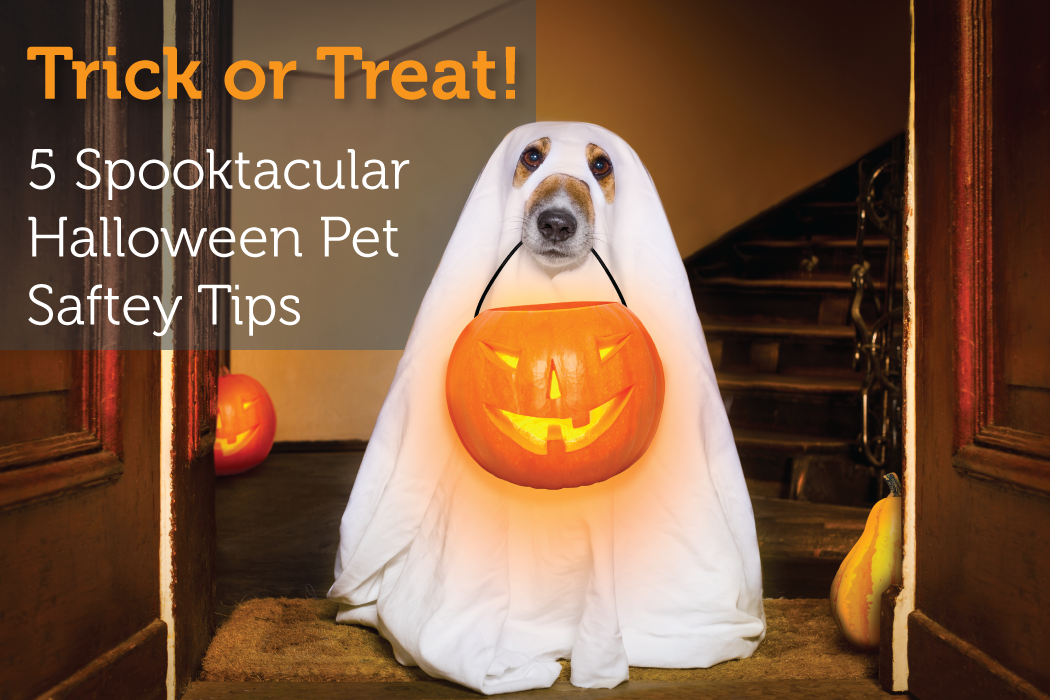It’s doggone cold out there!
During the winter months, your pets need extra attention from you (aka world’s best dog owner) to help them stay warm and dry.
What do you need to know about pets and cold weather? Grab the treat bag and settle in with your dog for some light reading on 6 essential winter safety tips.
1. Protect Your Dog’s Paws
Us humans sure appreciate the sand and salt when we’re navigating the icy streets and sidewalks, but unfortunately, our dogs don’t share our enthusiasm. Sand and salt can irritate dogs’ paw pads and cause soreness and cracks.
What you can do: dog booties! Yes, dog booties, found online or in pet stores. Your dog will be the most stylish dog on the block and you can continue with those walks!
Pointer: there’s a chance your dog may not be as wild about the booties as you are at first, so start out with short walks and praise your pup as he adapts to them.
2. Let it Flow, Let it Flow, Let it Flow
Your dog’s hydration is just as important in the winter as it is in the summer … so keep that water flowing and make sure to keep a close eye on your outdoor dog’s water dish. A dog’s tongue can stick to cold metal, so it’s best to switch to a ceramic or hard plastic dish in the winter. Also, check the water often to make sure it’s not frozen.
3. Keep Your Outside Dog Warm
Do you have an outdoor dog? Follow these cold-weather guidelines to help your dog stay warm in the winter.
- Get the doghouse just right. Just like Goldilocks and her porridge, the doghouse should be “just right” for your dog. If it’s too large, your dog won’t be able to retain his body heat. Just right is a size where your dog can comfortably stand, turn and lie down.
- Get your dog’s bed off the ground. Don’t let your pet’s bed make contact with the cold ground. Elevate your dog’s bed with a pallet, hay, or a special bed from the store.
- Get blankets. Blankets are great for bedding material because they’re easy to launder and keep dry.
What temperature should you bring your dog inside?
Most outdoor dogs are good with temperatures around 45 degrees Fahrenheit. As the thermometer creeps downward, small breeds and dogs with thin coats may get too cold around 32 degrees, and all dogs are at risk for hypothermia and frostbite when the temperatures dip under 20 degrees. (Always factor in wind chill and wet conditions too.)
If your animal is too cold, your furry friend can experience frostbite or hypothermia within 1 hour.
Signs Your Animal is Too Cold:
- Shivering
- Anxious behavior
- Holding up a paw
- Whining
- Low energy
When in doubt, bring your dog indoors. Who knows? You may just decide you love having your dog indoors with the rest of the pack!
4. Improve Your Dog’s Visibility
With dark nights and snowy, foggy conditions, it’s smart to get your dog a reflective collar to wear in the winter. This will make it easy for drivers to spot your dog if you’re out on a walk or if he puts his escape artist skills to the test.
5. Give Your Outdoor Dog Added Calories
Outdoor dogs need more calories during the winter months because they use more energy regulating their body temperature. How many extra calories does your dog need during winter? It depends on your dog’s age and activity level. Experiment to determine the right amount, and cut back if your pet is getting to be on the plump side. Carrying extra pounds can lead to health problems for pets.
6. Keep the Grooming Going
Many dog owners unwittingly let their dogs’ coats grow in the winter months, thinking it will insulate them from the cold. In reality, many dogs need even more grooming TLC during the winter. When dog fur gets matted and wet, it can chill them to the bone.
Keep the fur around the paw pads trimmed too. They’re magnets for ice balls, which can be painful for your pet to walk on. After walks in the snowy cold, wipe your dog’s paws with a warm washcloth (or put on those booties and avoid the problem altogether).
Share These Pet Safety Tips
Help all the dogs on your block have a happy and healthy winter season. Share these 6 winter safety tips with your fellow pet owners.



